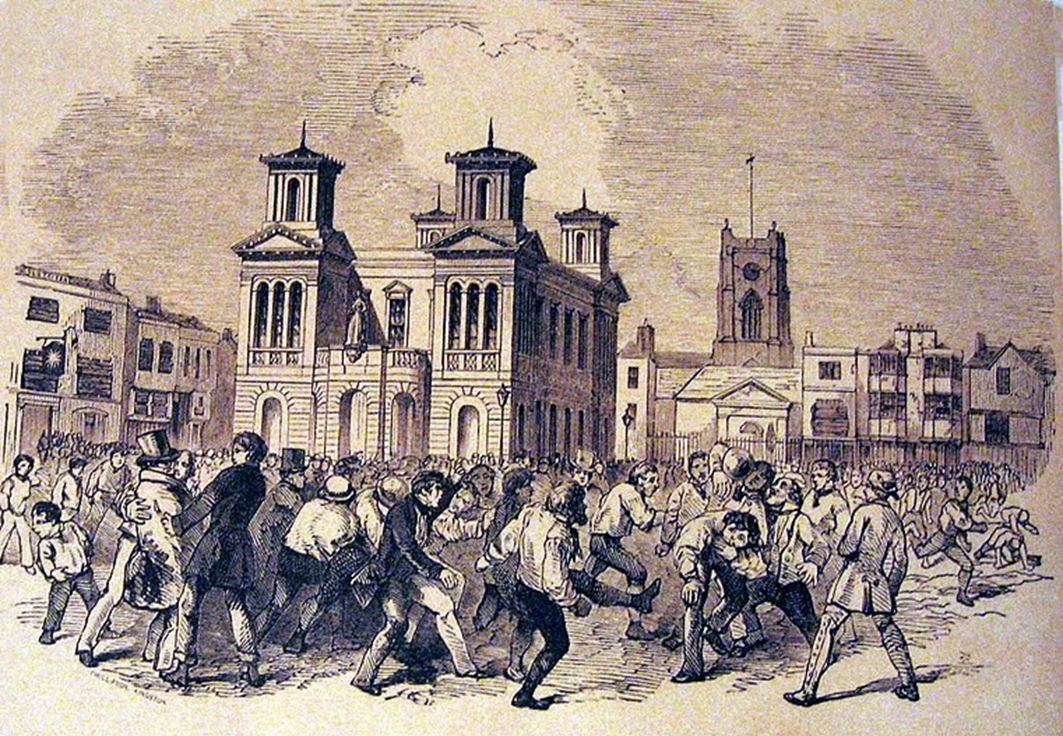This test is run by .
Note that your final mark will not be saved in the system.
Note that your final mark will not be saved in the system.
Emergence and evolution of modern sport (pre-industrial Britain) GapFill
Target Level
C
Running Total
0
0%
Attempt
1 of 3
You must fill all the gaps before clicking ‘Check Answers!’

Pre-industrial Britain refers to the time before 1850, and life then was very different from life today. With a lack of infrastructure, travel was severely limited and a much greater percentage of people lived in rural areas, where they faced tough conditions. The sport that was played during this time was referred to as ‘popular recreation’, and its characteristics were shaped by many social and cultural factors of that time.
Social and cultural factors that shaped the characteristics of, and participation in, sports and pastimes in pre-industrial Britain:
- Social class - There was a clear distinction in the sporting activities and roles between the two distinct social classes of that time, the upper class (known as the ) and the lower class (commonly labelled ). The upper class were wealthy and could spend money on the resources needed to participate in sports and pastimes such as hunting and . The lower class had much less money, meaning that they could only afford to participate in sports and pastimes designed from natural resources such as and baiting animals (blood sport where animals are pitted against each other). These activities had few rules, and were violent and simple in nature.
- Availability of time - For the lower class, working hours were long, which meant there was little time to participate in sport. This led to it mainly being played on holidays or holy days, making it . It also meant that when it was played, there were great masses of participants. The upper class had more free time to participate in sports more often, for a longer duration.
- Type and availability of transport - The lack of modernised transport and the ill state of roads resulted in the restriction of sport to a area.
- Gender - Much like between social classes, men and women were also involved in different roles and activities. Most sports and activities were played exclusively by men, due to women having few rights in society and the role of women in society being restricted to looking after the family. However, some women participated in smock races (lower class) and archery (upper class).
- Law and order - The harsh living conditions in pre-industrial Britain were reflected in the way sports were played, where was a key feature for entertainment purposes. For example, blood sports such as were mainly participated in by the upper class as they were characterised by wagering, whereas the lower class participated in violent, unruly sports such as prizefighting.
- Education/literacy - There was a lack of physical literacy due to the absence of . This meant that the rules of sport needed to be simple and understandable to allow people to participate, whereas more complex sports required experienced players to educate others. As there were no rules to enforce what is today known as sporting etiquette, there were high levels of violence in sport and pastimes during pre-industrial Britain. Also, a lack of rules meant that playing areas were unbounded, reflected by mob football, which was played across entire towns.